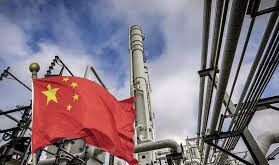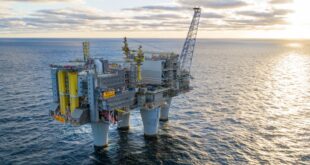China, the world’s largest polluter, launched on Monday an emissions trading scheme as part of its efforts to become a carbon-neutral economy by 2060.
The Chinese authorities introduced as of February 1 a set of rules for carbon emissions trading management, a step toward creating a nationwide unified emissions trading system (ETS), Chinese news agency Xinhua reports.
As many as 2,225 power companies in China will have carbon dioxide (CO2) emission caps, and they can now trade their emission quotas via the system. Under the emissions trading scheme, firms that have exceeded their emission caps will be able to buy emission quotas from companies with lower emissions that haven’t reached their caps yet.
China aims to have its emissions peak by 2030 and to be carbon neutral by 2060.
Experts, however, are concerned that China continues to expand its coal production, while the fines for firms that exceed their quotas under the emissions trading scheme are too low to incentivize full compliance.
The fines are “too low to act as a deterrent,” Zhang Jianyu, vice-president of the Environmental Defense Fund China, told AFP.
“China is pursuing ambitious build-up of zero-carbon energy and has set a long term goal to be carbon neutral (but) the carbon market in its current form just isn’t going to play much of a role in realizing these ambitions,” another analyst, Lauri Myllyvirta, lead analyst at the Centre for Research on Energy and Clean Air, told AFP.
A month after China announced last September that it would aim to become carbon neutral by 2060, Wood Mackenzie analysts said in a new report that Beijing’s plan to reach carbon neutrality by 2060 could end up costing it $5 trillion.
“The hefty bill is the total sum required for additional power generation capacity to accommodate the growth in electrification by 2050,” Wood Mackenzie noted.
China is the biggest emitter of carbon dioxide, but it is also the biggest investor in renewable energy projects. However, the country’s emissions are still on the rise, and they will only peak in 2030, under current decarbonization plans.
Check Also
Equinor Makes Two Large Gas Discoveries in Norway’s North Sea
Equinor announced on Friday two gas and condensate discoveries in the Norwegian part of the …
 Iran Energy News Oil, Gas, Petrochemical and Energy Field Specialized Channel
Iran Energy News Oil, Gas, Petrochemical and Energy Field Specialized Channel



